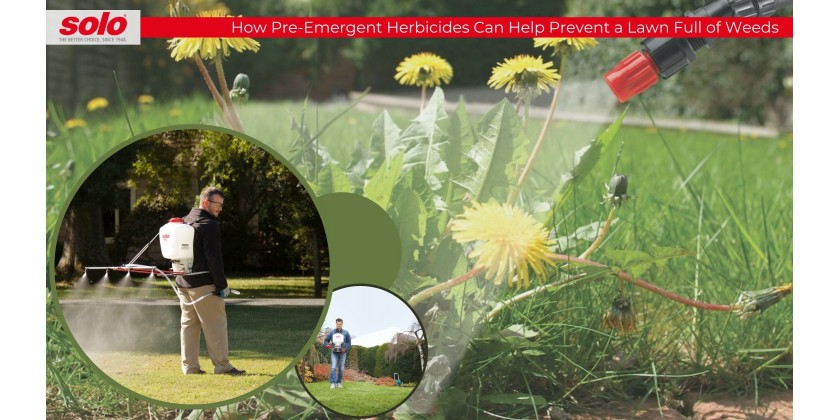
Weeds are aggressive and persistent, and controlling weeds is an on-going, annual process. An effective weed control strategy is hard work and requires persistence to keep weeds under control.
Every year, homeowners and professionals implement strategies to control weeds, but weed control strategies don’t all look the same. How you prevent or remove weeds depends on several factors:
- The type of weed
- The life cycle of the weed
- Your location
- The season and weather
- Your goals. Are you preventing weeds or removing them?
If you find yourself with a lawn full of weeds, you might need to take a hard look at your overall lawn maintenance. Weeds tend to thrive for the following reasons:
- Thin, sparse grass
- Not enough water
- Compacted soil
Proper lawn maintenance reduces weed growth significantly, but it doesn’t prevent them entirely. Weed seeds spread on animals, wind, or water easily, making it almost impossible to prevent seeds from landing on your lawn. Taking a preventative approach can also help to keep weeds at bay.
This process begins in early spring or late summer, continues throughout the spring or late summer into fall, and happens every spring or late summer. One of the first steps in your weed control strategy might be to apply pre-emergent herbicides to your lawn.
What Are Pre-Emergent Herbicides
A pre-emergent herbicide targets weeds that have not yet emerged from the ground. If weeds are visible, you don’t want to use a pre-emergent herbicide but a post-emergent herbicide. Pre-emergent herbicides target weeds before the germination stage by covering the ground with a chemical barrier to prevent seeds from germinating and growing.
Soil temperature and the type of weed will determine when you should apply pre-emergent herbicides, as pre-emergent herbicide is typically used when soil temperatures are around 55 degrees.
Granular vs. Liquid Herbicides
Pre-emergent herbicides come in granular or liquid form. Both follow the same general steps of spreading or spraying an even amount of herbicide over your lawn. Remember, you should read the label to determine the rate at which you should apply the herbicide, or your application may not be as effective. Both forms of pre-emergent herbicides need water for activation. You can water after the product is applied or apply these herbicides the day before rain is forecasted.
Granular
Granular herbicides don’t require you to measure and mix the herbicide and can be applied with a spreader, which is also good for using pre-emergent in hard-to-reach areas. One downside of granular herbicides is that they don’t cover the ground as evenly as a liquid herbicide.
Liquid
Liquid pre-emergent herbicides are more effective than granular herbicides because they provide more even coverage. However, you need to mix the correct ratio of water and product inside a tank or backpack sprayer, which requires a little more time and effort.
Are Pre-Emergent Herbicides Necessary
People often question if they need to use a pre-emergent herbicide. Usually, the answer depends on who you ask. Most lawn and landscaping professionals advise using pre-emergent herbicides as part of an annual weed control strategy, even in the absence of weeds.
Weeds produce many seeds carried through wind, water, or animals. There is no way of determining whether seeds are germinating under the surface, but once weeds begin to grow, it’s too late.
